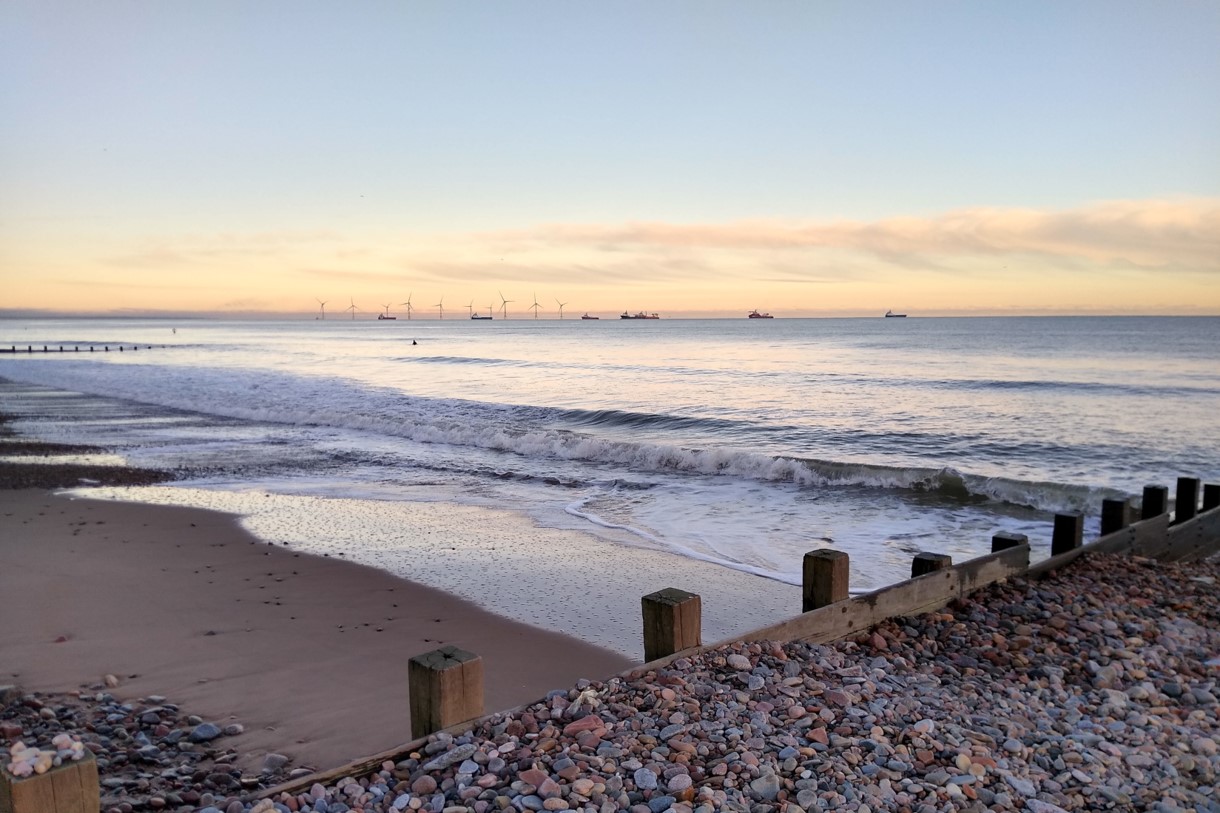The Wall Street Journal yesterday dedicated an article to the reality of the energy transition where especially developing countries are investing in fossil fuel projects.
As Mr. Teke, chief executive of Seriti Resources, a coal-mining company in South Africa, put it:
“It’s well and good for the developed world to tell us that we must shut down all coal-fired power stations and to say to us climate change is a big problem, but we cannot do that unless we want to cause civil strife and civil war.”
In the same article, an analysis from OPEC is being used to illustrate that oil demand will increase by 45% towards the year 2045. Although this differs from other forecasts, such as the one published by Rystad that predicts oil demand to peak in a few years’ time, even in this scenario oil will remain a sought-after commodity for decades to come.
Prices may escalate
At the same time, developed countries are turning the screws onto domestic hydrocarbon production and exploration. Realising that fossil fuels demand will remain buoyant for longer, the following question must be asked: When does a government policy to phase out fossil fuels starts to turn into a realisation that global competition for the commodity causes prices to rocket? And possibly lead to shortages?
The Wall Street Journal article also cited Blair Thomas, chairman of Harbour Energy, the recently formed company after the Chrysaor and Premier merger. He said: “While I agree that the direction of traffic is one way, toward renewables, I think it’s going to take longer than people think.”
That is the rationale as to why private equity moves into the North Sea in recent years, whilst the big traditional players exit the basin to leave high-emission assets behind.
Resources are limited
Before people think that the North Sea is an endless reservoir for oil and gas, let’s look at the production profile of a randomly chosen UKCS field: Magnus. Magnus is an accumulation that nicely shows what so many UK, and Norwegian, Danish and Dutch fields experience: a few years of plateau production, followed by a long tail of – compared to the peak – marginal production figures.

If you do the same for a random selection of fields (or all fields) using this useful visualisation tool provided by the OGA and the picture is clear: the peak of production is long past us. Despite current near-field exploration efforts to arrest the decline, as we discussed earlier this week, the volumes being added this way will at most flatten the curve but will not reverse it.
This is nothing new for most people in the oil industry, but it should wake up policy makers to the danger of increased global competition for a commodity in combination with declining production trends.
The North Sea is a basin that would benefit much more from efforts to sustainably produce what is left rather than trying to get rid of an industry whose products will be in demand for some time to come.
HENK KOMBRINK





